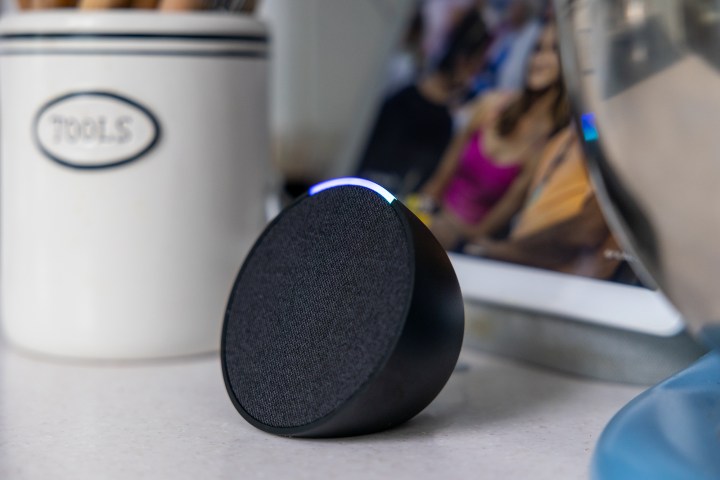As Tesla gears up to launch a robotaxi service in the coming years, the automaker looks like it’s building out a teleoperations team. According to a recent job listing, Tesla is hiring a software engineer to help develop a teleoperations system that will allow human operators to remotely access and control the company’s upcoming robotaxis and humanoid robots.
The software engineer for the Palo Alto-based role would “drive requirements, make design decisions, and implement software integration for this custom teleoperation system.”
While the job posting doesn’t clarify whether Tesla is looking to grow an existing teleops team, or if it is building the team and capabilities from scratch, the existence of such a team is notable for two reasons: The first is that it signals Tesla is getting serious about deploying its robotaxis on public roads. The second is that it’s a deviation from Tesla’s previous rhetoric of self-sufficiency.
Tesla CEO Elon Musk has repeatedly emphasized Tesla’s ability to achieve full autonomy purely through advanced neural network training and camera-based perception, without reliance on human intervention.
Most in the autonomous vehicle world regard teleoperations as an essential building block for rolling out self-driving cars on public roads. Companies like Waymo, which operates a commercial autonomous ride-hail service in several U.S. cities, already have teleoperations systems in place to handle certain edge cases, like construction zones, collisions, and hardware failures.
The decisions made by remote operators are also a valuable source of training data for Level 4 autonomous operations.
(The SAE defines L4 autonomy as a system that can drive itself under certain conditions without needing a human to take over.)
Tesla isn’t exactly new to teleops. The automaker relied on remote operators controlling its Optimus bots to mix drinks and banter with guests during the Tesla “We, Robot” event in October. But the requirements for remotely operating robotaxis would be different.
For example, the user interface and controls for robotaxis would likely mimic driving controls and have features like real-time mapping and decision-making support for complex situations, whereas with robots, the interface would depend on the specific task. Robotaxis would also require more robust communication over wide areas, and the operators would likely be required to log teleoperation interventions for later analysis of accidents or edge cases.
Tesla revealed its robotaxi prototype last month – a Cybercab that’s built without a steering wheel or pedals and can carry two passengers. Musk said Tesla would begin production on the vehicle in 2026 or 2027.
Musk also said he hopes to launch a service that will let people hail self-driving Teslas in California and Texas sometime in 2025, a service he claims Tesla is already testing in the Bay Area with employees.
It’s not clear whether Tesla’s burgeoning teleoperations team will be responsible for assisting only the purpose-built robotaxis, or also Tesla vehicles owned by regular people on the roads today. Musk has for years claimed that Tesla vehicles with existing hardware would one day be able to drive fully autonomously with just an over-the-air software update, but he has since walked back on those claims.
Tesla did not immediately to TechCrunch’s request for more information about the teleoperations team.



















 English (US) ·
English (US) ·